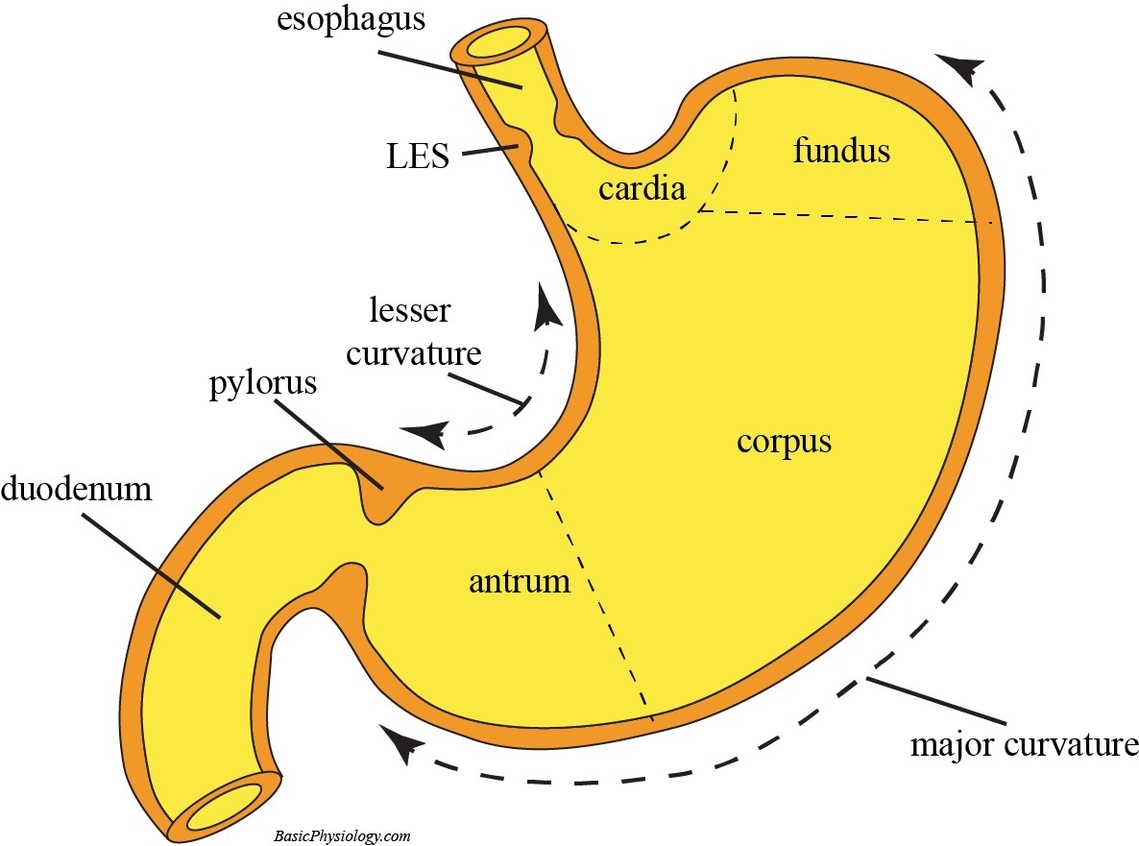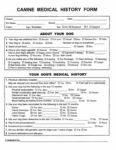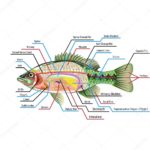Stomach Anatomy
The stomach is a J-shaped organ located in the upper abdomen, on the left side of the body. It’s part of the gastrointestinal (GI) tract, which is a long tube that starts at your mouth and ends at your anus.
Parts of the Stomach
The stomach consists of four main parts:
1. Cardia: The area around the opening where the esophagus connects to the stomach.
2. Fundus: The upper part that forms the bulk of the stomach.
3. Body: The main central region of the stomach.
4. Pyloric part: The lower part of the stomach that connects to the small intestine.
Function of the Stomach
The primary function of the stomach is to digest food and send it to the small intestine. It performs three main functions:
1. Temporarily store food.
2. Contract and relax to mix and break down food.
3. Produce enzymes and other specialized cells to digest food.
Microscopic Anatomy
When the stomach is empty, the inside has small folds called rugae. These rugae allow the stomach to expand to accommodate large meals.
Blood Supply and Innervation
The stomach receives its blood supply mainly from the celiac trunk. Innervation is provided via the vagus nerves and the celiac plexus.
tomach and the GI Tract
Each part of your GI tract breaks down food and liquid and carries it through your body. During the digestive process, your body absorbs nutrients and water. Then, you expel the waste products of digestion through your large intestine.
Conclusion
The stomach plays a crucial role in the digestive system. Its complex structure and function allow it to break down food, absorb nutrients, and expel waste, making it an essential organ for sustaining life..



